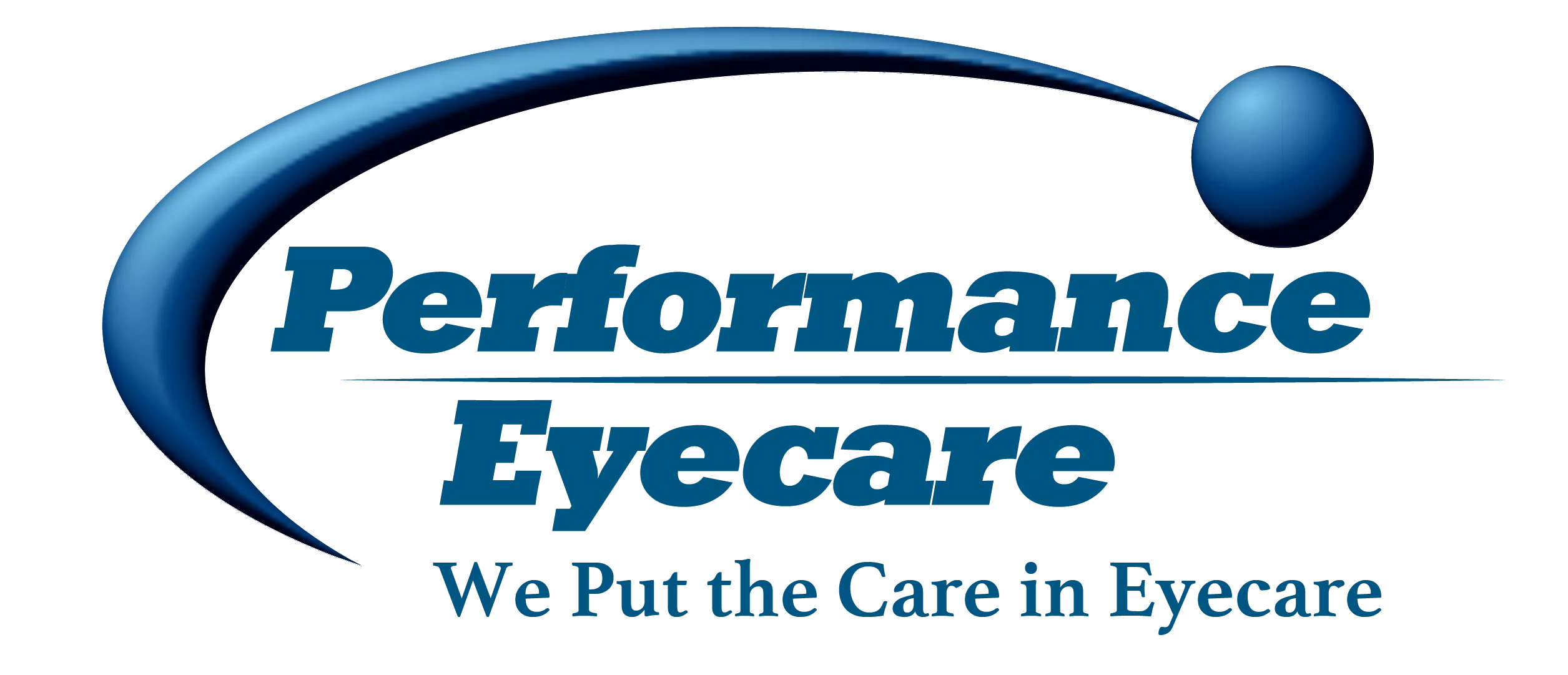Low vision is the loss of eyesight that is not correctable through surgery, glasses/contacts, or pharmaceuticals. It’s most often characterized by blurred vision or blind spots. It can make everyday tasks such as reading, watching television, or driving a car difficult or even impossible in some cases.
However, there are many techniques available for those suffering low vision that can make many of these tasks still possible. Simple things such as improved lighting, glare reduction, or increased contrast can make things easier.
RE-VAMP YOUR HOME TO HELP YOUR VISION
There are lots of products available to help you set yourself up for success in your home! Step one will be making sure you have adequate lighting throughout. You can also buy special products with reduced glare, or better contrast to help you remain independent during your day-to-day life.
Make the Most of Your Remaining Vision: Using Your “Next-Best Spot”
When you have a blind spot (scotoma) in the center of your vision you will naturally find a “next-best spot.” You may hear this referred to as your preferred retinal locus or PRL. Adapting to using noncentral vision usually will require magnification and some training.
CREATE A SUPPORT TEAM
Your vision rehabilitation team may include:
- An optometrist
- A low-vision specialist
- An occupational therapist
- A rehabilitation teacher
- An orientation and mobility specialist, who focuses on independent and safe travel
- A social worker
- A counselor
- An assistive technology professional
For more information visit the American Academy of Ophthalmology. If you think your eyesight may be getting worse, please schedule an appointment at one of our offices today.
